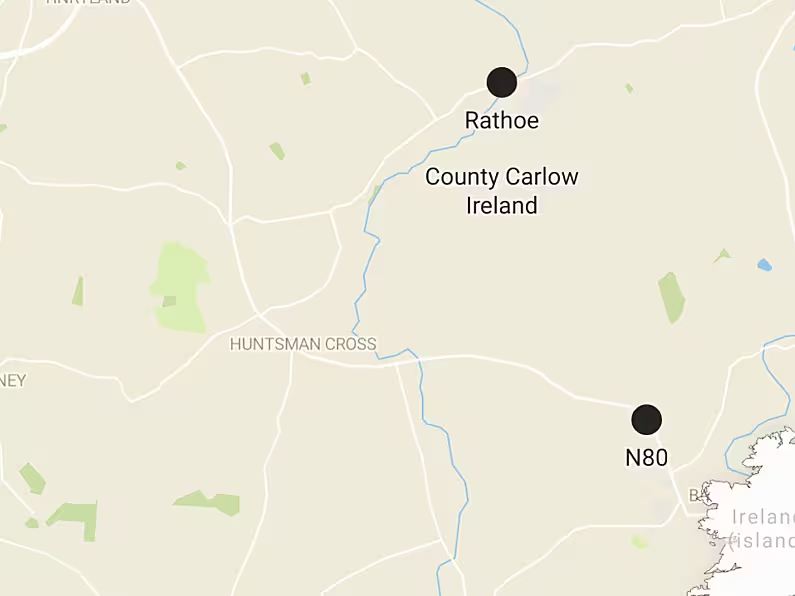Waterford people are asked to support International Air Ambulance Week, which will be marked in Ireland for the first time. It gets underway on Monday September 6th.
High volume of call outs
Figures reveal Summer 2021 was the busiest yet for the Irish Community Air Ambulance. In fact, the number of taskings was up by 10%. The HEMS Air Ambulance responded to 154 incidents and medical emergencies during May, June and July. So the organisation is asking Waterford people to help save lives by making a donation through www.communityairambulance.ie
The team in action..
Check out this video, published by the The Irish Community Air Ambulance and posted on its own social pages this week..
What would happen if there was no Air Ambulance?
The Irish Community Air Ambulance is Ireland’s first and only charity-funded HEMS (Helicopter Emergency Medical Service) Air Ambulance. Launched in 2019, it works with the National Ambulance Service and is tasked to respond to serious incidents and medical emergencies from its base in North Cork.
Demand for the Air Ambulance service is increasing all the time. In fact, it is on track to complete more than 500 missions this year and is predicting a 10% increase since 2020.
July 2021 was one of the busiest months to-date for the service. Crews were tasked to 57 incidents, of which three were in Waterford. They were also called to Cork, Kerry, Tipperary, Clare, Wexford, Limerick and Mayo.

A need for funding
Every time the HEMS Air Ambulance is tasked, it's costly. Each mission costs an average of €3,500. There were three missions in Waterford during July.
The HEMS Air Ambulance requires a significant crew to keep operations going. It is staffed by a team of Advanced Paramedics and EMTs from the National Ambulance Service together with HEMS pilots. It brings patients to the hospital that best suits their medical and life saving needs.
In addition, the organisation also has a small fleet of Rapid Response Vehicles on the ground in Mayo, Donegal and Dublin. These vehicles are staffed by teams of medics. They are also tasked by the National Ambulance Service to emergencies within a 40-50km range.












